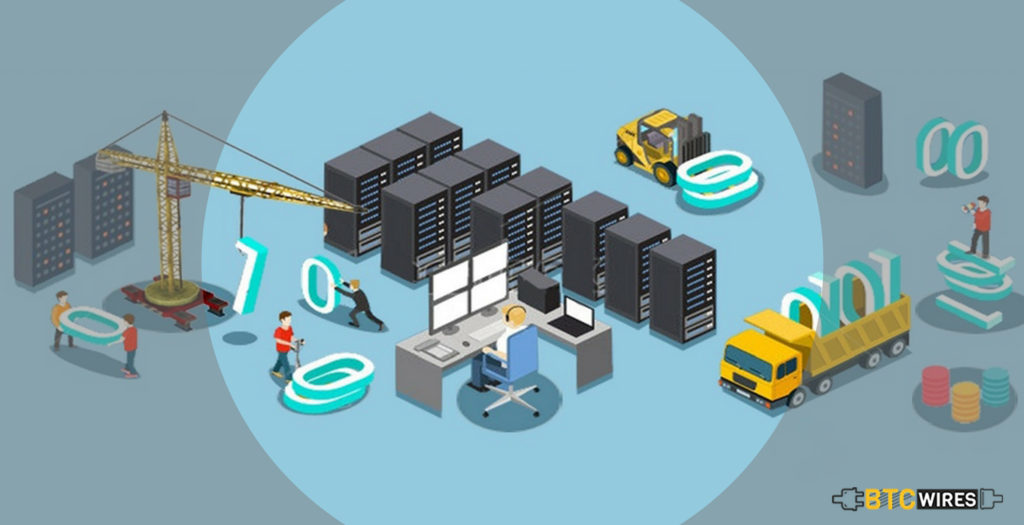Jan 25, 2019 16:50 UTC
| Updated:
Jan 28, 2019 at 05:09 UTC
Web Mining
In CRM (Customer Relationship Management), Web Mining is the integration of data gathered by traditional data mining techniques and methodologies with information gathered over the World Wide Web.
Web Mining is used for understanding the customer behavior, estimating the effectiveness of a particular website, and helping in quantifying the success of a marketing campaign.
Of course, it is far different from ASIC Mining.
What Does Web Mining Mean?

Web Mining is the process of using data mining algorithms and techniques for directly extracting the information from the Web by retrieving it from Web documents and services, like Hyperlinks, server logs and web content.
The motive of this type of mining is to search for the patterns in Web data by analyzing the collected information for gaining insight into trends, users and the industry in general.
Web Mining is a sub-branch of data mining focusing on the World Wide Web as the primary data source, including all of its components.
The contents of the data mined from the Web might be a collection of facts that Web pages are meant to contain, and these may be comprised of text, structured data like tables and lists, and even audio, video and images.
You May Also Read: Mining Rig
How Does Web Mining Work?
Web mining allows you to search for the patterns through usage mining, structure mining and content mining mining.
The data gathered through this mining is measured by using traditional parameters like clustering and classification, association and examination of sequential patterns.
Categories of Web Mining

Web Content Mining – This is the process of mining useful data from the contents of Web pages and documents. The information mostly includes the text, images and audio/video files.
Techniques used in this type of mining have been drawn from NLP (Natural Language Processing) and information retrieval.
Web Structure Mining – This is the process of analyzing nodes and connections structure of any website through graph theory.
There are two things that can be obtained through this structure mining –
First, the structure of a website in the form of how it is linked to the other sites.
Second, the document structure of the website itself, as to how each page is linked with the other.
Web Usage Mining – Usage Mining is the process of getting patterns and data from server logs for gaining insight on user activity including where the user is from, how many users clicked what item on the website, and the types of activities getting done on the site.
You May Also Read: How To Test a Computer For Cryptojacking Mining Scripts?
Web Mining vs Data Mining

When comparing web mining with data mining, there are 3 main differences which set both of them apart from each other –
Scale – In data mining, processing 1 million records from a database would be a big job. On the other hand, in web mining, even 10 million pages wouldn’t be a big number.
Access – When doing data mining of corporate information, the data is private and usually requires access rights to read.
For Web Mining, the data is public and barely needs access rights.

But, web mining has additional constraints, due to the implicit agreement with webmasters regarding automated access to this data.
This agreement is that a webmaster lets crawlers access to useful data on the website, and in return, the crawler promises not to overload the site and has the potential to drive more traffic to the website once the search index is published.
With Web mining, there is usually no such index, that means the crawler has to be extra polite or careful amid the crawling process for avoiding any issues for the webmaster.
Structure – Data mining task gets data from a database, that offers some level of clear structure.
A typical web mining task is processing unstructured or semi=structured data from web pages. Even when the underlying information for the web pages comes from a database, this usually is obscured by HTML markup.
You May Also Read: Dogecoin Mining in 2019: A Complete Guide
Final Thoughts
Unlike Cloud Mining, traditional data mining simply means the type of analysis supported by most vendor tools. This assumes that you are processing table-oriented data that generally comes from a database.
Here are a Few Articles for you to Read Next:


























































